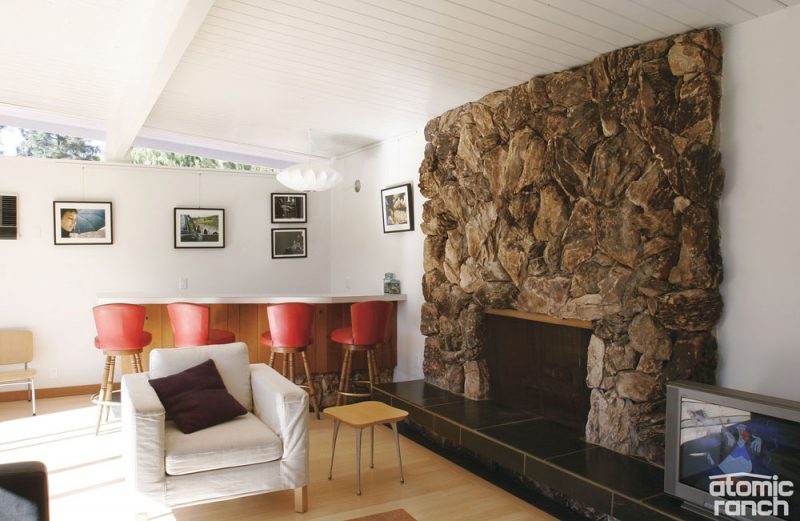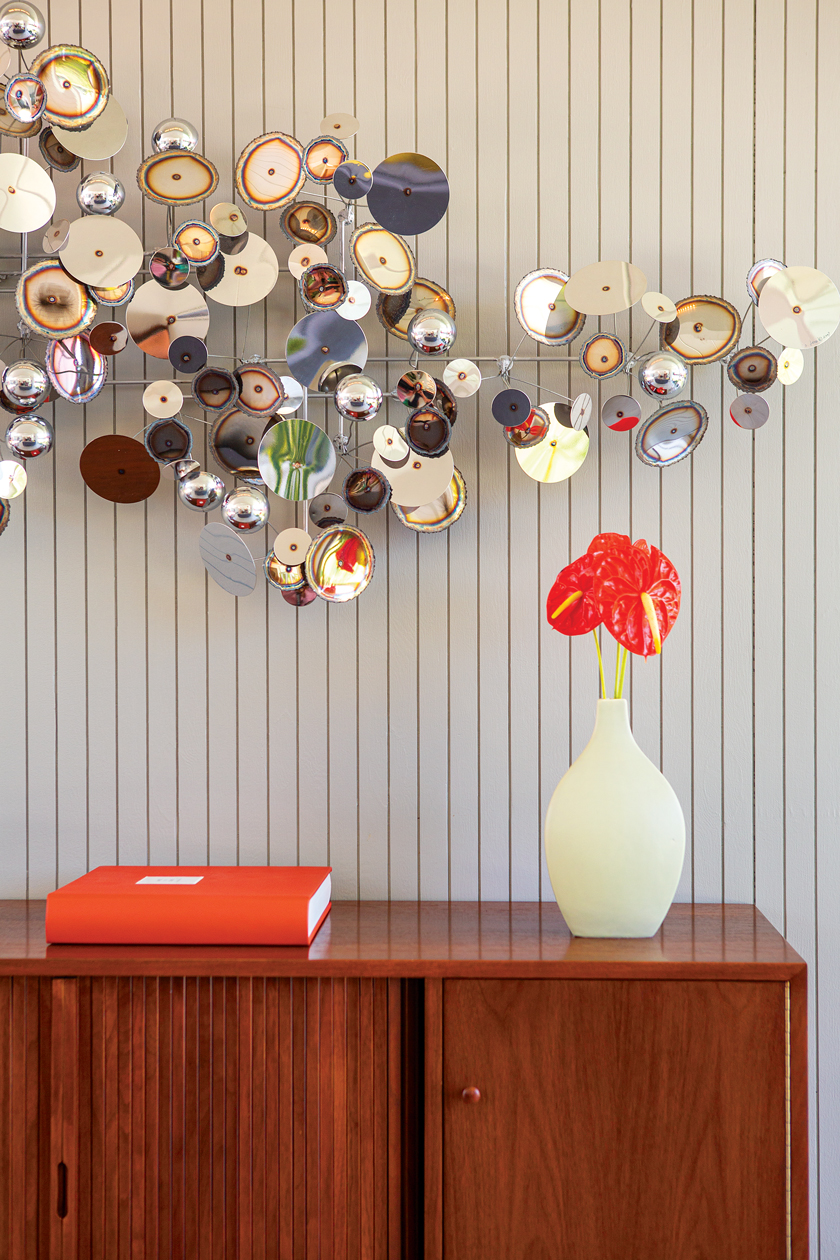Designers often choose a focus for their craft, whether that’s designing furniture, architecture or art. Eileen Gray, however, is one of those designers that was multitalented, starting with a love for painting and moving on to furniture design, interior design and even architecture.
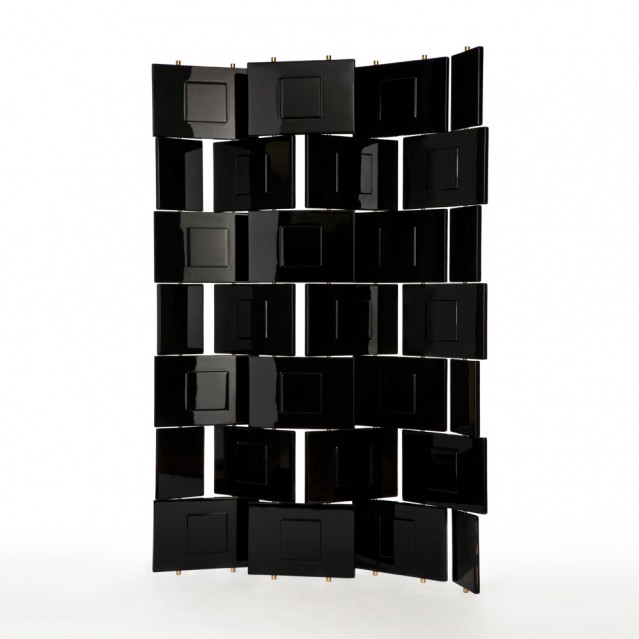
Design Roots
Eileen Gray was born in Enniscorthy, Ireland, on August 9, 1878. Her artistic experience started not with design, but with painting at the Slade School of Fine Art in London, where she was one of the first women to be accepted.
She also started an apprenticeship at a London lacquer workshop, taking instruction from Japanese artisan Seizo Sougawara, which formed the basis of her design foundation. With his tutelage, she became one of the leading designers of lacquered screens and decorative panels.
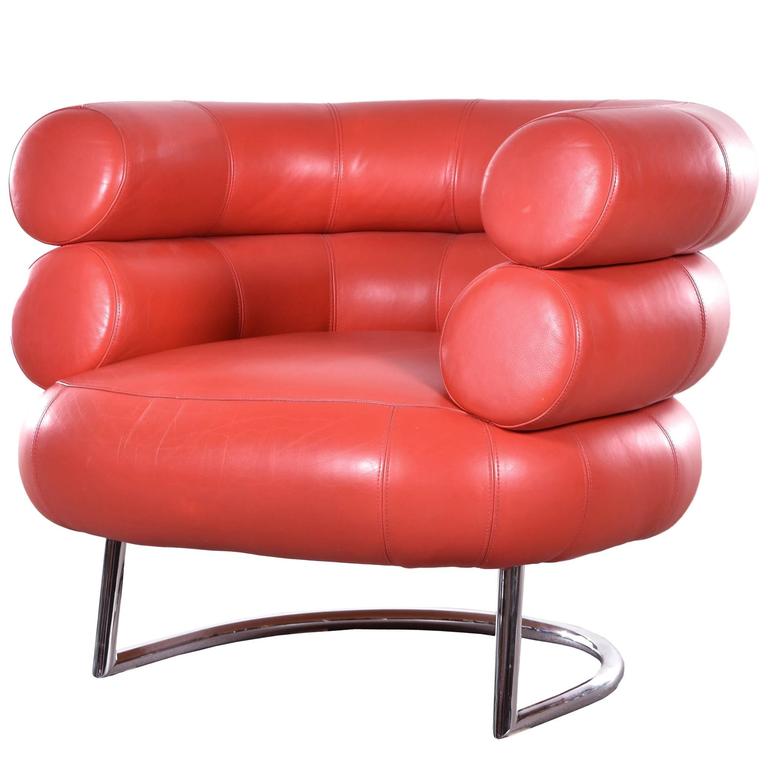
Interior Design
In 1902 she moved to Paris and continued her lacquered designs. Her first commissioned work was the entire home interior of milliner, Madame Mathieu-Lévy. She designed many of her future famous pieces for this house, including the Bibendum chair, known for its tubular shape, and the Pirogue boat bed. Shortly thereafter, she also designed the E1027 table and the Transat chair for her own home interior. Her main materials of choice were chrome, steel tubing and glass for modern appeal.
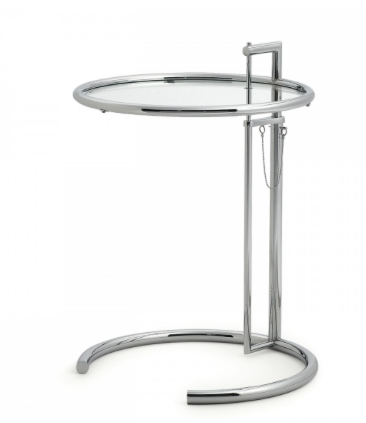
Without a place to showcase her new pieces, she felt the need to open her own design studio, Jean Désert in Rue du Fauborg Saint Honoré in 1922. She continued to forge her way into the design community. She created pieces with revolutionary design structures and worked with popular artists, Le Corbusier and J.J.P Oud.
Architecture
In 1926, she began to work with home architecture, building what would be known as, “the purest example of domestic architecture and interior design of the period” (ARAM). The home, built for herself and Jean Badovici, was called E-1027. Located in Roquebrune-Cap-Martin, the flat roofed rectilinear home contains mostly furniture she designed.
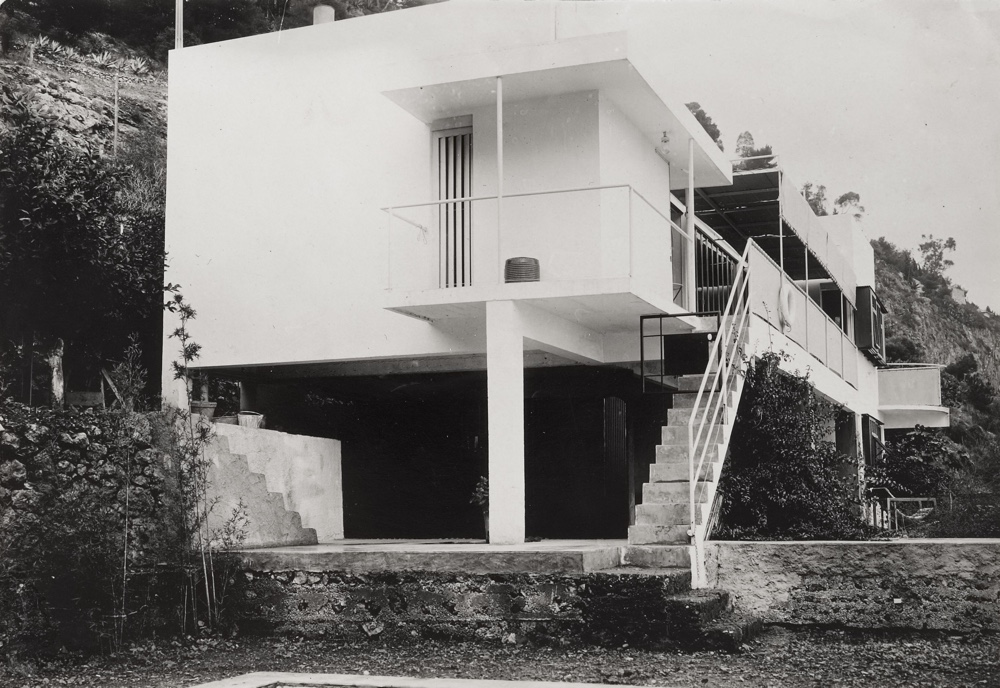
Still standing today, the home has recently been updated, refreshing the older items while maintaining its original look (updated images and article in French can be found here).
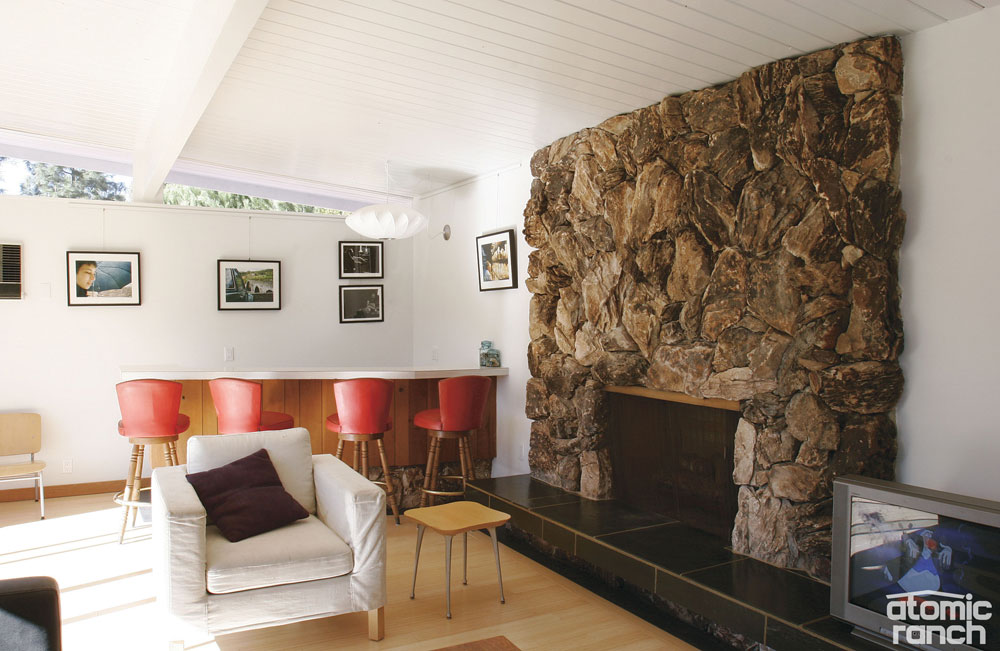
Her multiple talents in modern design is still appreciated today, her pieces still popular for furnishing MCM homes.
Keep reading to learn about other extraordinary Mid Century Modern women such as Grete Jalk, Eva Zeisel and Florence Knoll. And of course, don’t forget to follow us on Instagram, Facebook and Pinterest for more Atomic Ranch articles and ideas!

